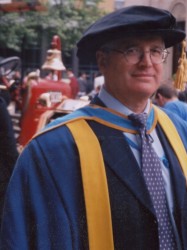BibTex format
@article{Pivnic:2019:10.1021/acs.langmuir.9b02121,
author = {Pivnic, K and Bresme, F and Kornyshev, AA and Urbakh, M},
doi = {10.1021/acs.langmuir.9b02121},
journal = {Langmuir: the ACS journal of surfaces and colloids},
pages = {15410--15420},
title = {Structural forces in mixtures of ionic liquids with organic solvents},
url = {http://dx.doi.org/10.1021/acs.langmuir.9b02121},
volume = {35},
year = {2019}
}

